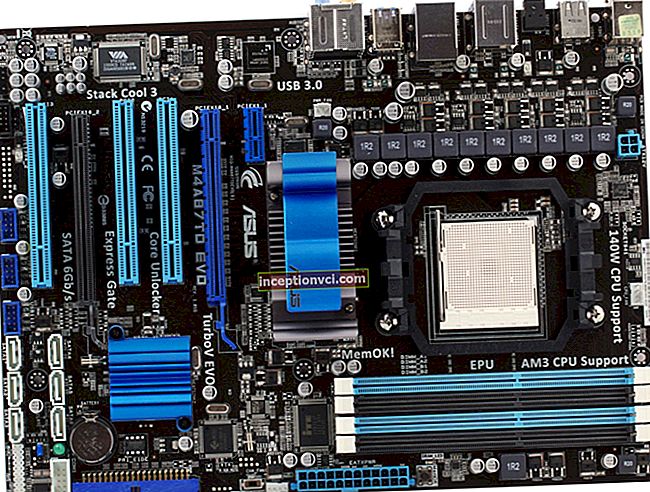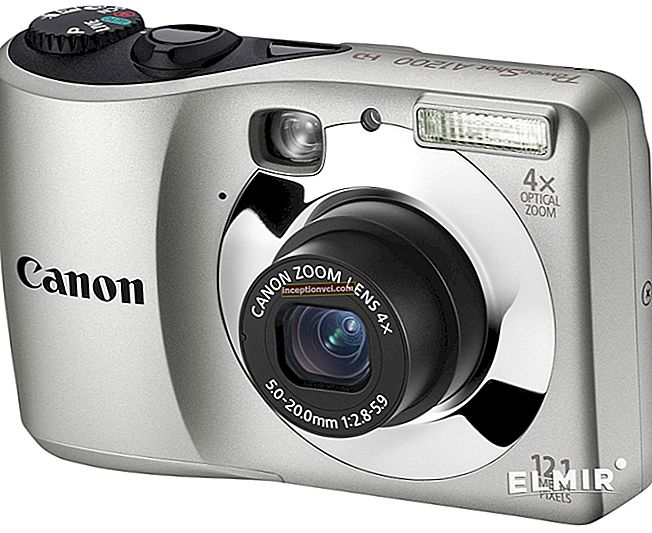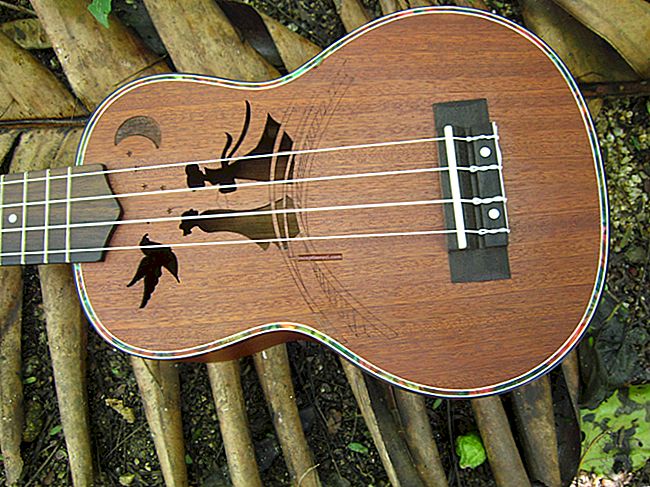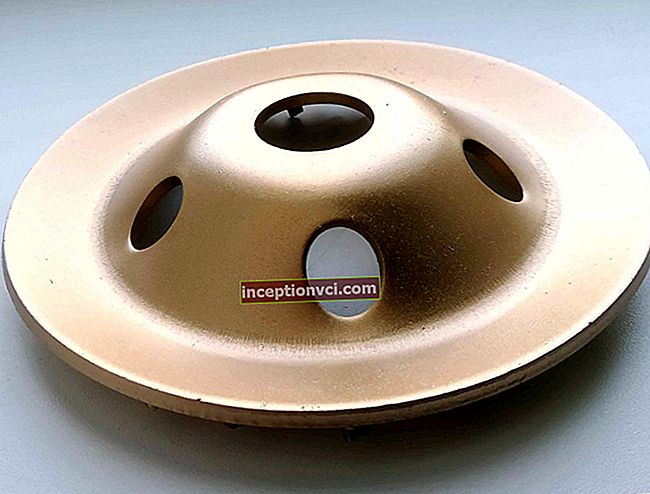Unfortunately, no reliable information is known about the place and time of the origin and development of table tennis. There are many controversies and different opinions about this. Some argue that ping-pong originated in Asia, China or Japan, while others that in Europe. However, many experts believe that table tennis first appeared in England, as a native of Royal Tennis. Already in the 16th century, an interesting game appeared in France and England, in which there were practically no rules. At first it was a feather ball, and then it was replaced with a rubber one. The ball itself was hit with taut rackets, similar to those used to play tennis today. Then there was still no division into table tennis and tennis.
Only centuries later, this game became the progenitor of such modern games as tennis, badminton and ping-pong. Previously, there was no tennis table, and played outdoors. Then we went into the room and started playing on the floor. Later it was decided to place two tables at a distance and toss the ball from one to the other. After a while, the tables were moved together and a grid was placed in the middle. Thus, the result is a tennis table, similar to the modern one. Simple and affordable inventory, small size of the playing area, allowing you to play almost anywhere, simple rules. Thanks to all this, table tennis began to spread widely. Mostly they played with friends or family, there were no official competitions at that time. The first rules for the game of table tennis were invented in England. Perhaps the main difference from modern rules is the duration of one game: it was played up to 30 points, and not, as it is now, up to 21 points. The dress code then was not a sports plan, but more of a business one.
Until 1901, table tennis (ping-pong) was called by different names. Basically, the names were similar in intonation, for example, "Whif-Whaf", "Flim-Flam" and even "Gossima". But who came up with the name for table tennis and why ping-pong? John Jakves came up with this name and eventually registered it. It came from the union of two sounds: "ping" is the sound that the ball makes when hitting the player's racket, and "pong" is the sound of the ball when it hits the tennis table. After the Parker brothers acquired the rights to this name. However, in 1936, the ITTF Congress decided to rename ping-pong to another name that is still used today - table tennis.
The first official tournament was held in India in 1901. This tournament can be considered the first international competition. At that time, the Indian athlete Nando was the best ping-pong player and, as expected, he won.

Since table tennis began its rapid development in the 19th century, it became necessary to create an international organization. It was created in January 1926 in Berlin thanks to the active efforts of the German doctor Georg Lehmann. Then the abbreviation ITTF appeared, which stands for International Table Tennis Federation (International Table Tennis Federation). In December of the same year, the first World Championship was held in London. Then the legendary ping-pong player - Spengo Korebos became the champion. Since 1927, the world championships have been held every year, except for 1940-1946. The world championship has been held every two years since 1957. In 1958, they began to play the European championship. At the same time, the continental championships of Asia and Africa began to be held.
Thanks to the rapid development of industry and science, new materials appeared that were actively used in sports. This influenced the tactics and technique of the game.Plywood rackets appeared, the weight of which was already two to three times less. Due to the shortened handle, the players had to use a different racket grip. Thanks to the Englishman E. Good, the surface of the rackets began to be pasted over with various materials: leather, velor, parchment, etc. The appearance of spongy, porous rubber in 1930 gave a significant impetus to the structure of tennis rackets. This rubber was used to make racket pads, which added variety to the game. Now, thanks to the sponge, it is possible to twist the ball, give it spin. As a result, the ball changed its flight path, it became possible to play more actively. Athletes who played in a defensive style now had to move a long distance from the table, and then abruptly return to it, which added dynamism to the game.

A great contribution to the technique and tactics of the game was made by the Englishman Victor Barna, who was a five-time world champion (1930 - 1935). It was thanks to him that the game became more spectacular, exciting and attracted more and more people.
In 1936, the rules of the game were corrected. This was done in order to revitalize the game as interest in the game began to wane. At that time, the strongest were the defensive style players, and therefore it could take hours to win at least one point. So, during the world championship in 1934, there was the longest match, which lasted 8 hours. The most important changes that have remained to this day are the change in the height of the net from 17 to 15.25 centimeters and the setting of a strict table height, which is 76 centimeters from the floor. It was also forbidden to twist the ball with your fingers while serving. These rule changes allowed for the development of an attacking style of play.

1952 is associated with the beginning of a new era in table tennis. The reason for this is the entry of Japanese athletes into the international arena. The Japanese showed a new racket cover and a kind of racket grip. In the same year, they began to show their superiority in table tennis. At the end of the World Championship in Bombay, the Japanese athletes took home four of the seven prizes. From 1954 to 1957, they won more than all the titles of world champions. Many players began to change their playing technique. The game acquired a more attacking style than defensive, as before. In 1961, a new hit was demonstrated by Japanese tennis players - top spin.
In 1984, English engineer James Gibbs brought a huge boost to the development of table tennis. He invented a new type of tennis ball, consisting of celluloid. The celluloid ball turned out to be light and resilient, which greatly improved the game.
The 1988 Seoul Olympic Games became special as they added table tennis as an Olympic sport.
At this stage, the development of table tennis went more in the direction of complicating the technique, virtuosity of using the racket. Table tennis is still developing in this direction.
More details: /index.php?action=tg/draft&id=131102









